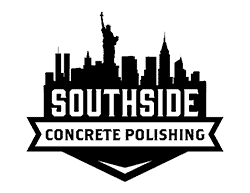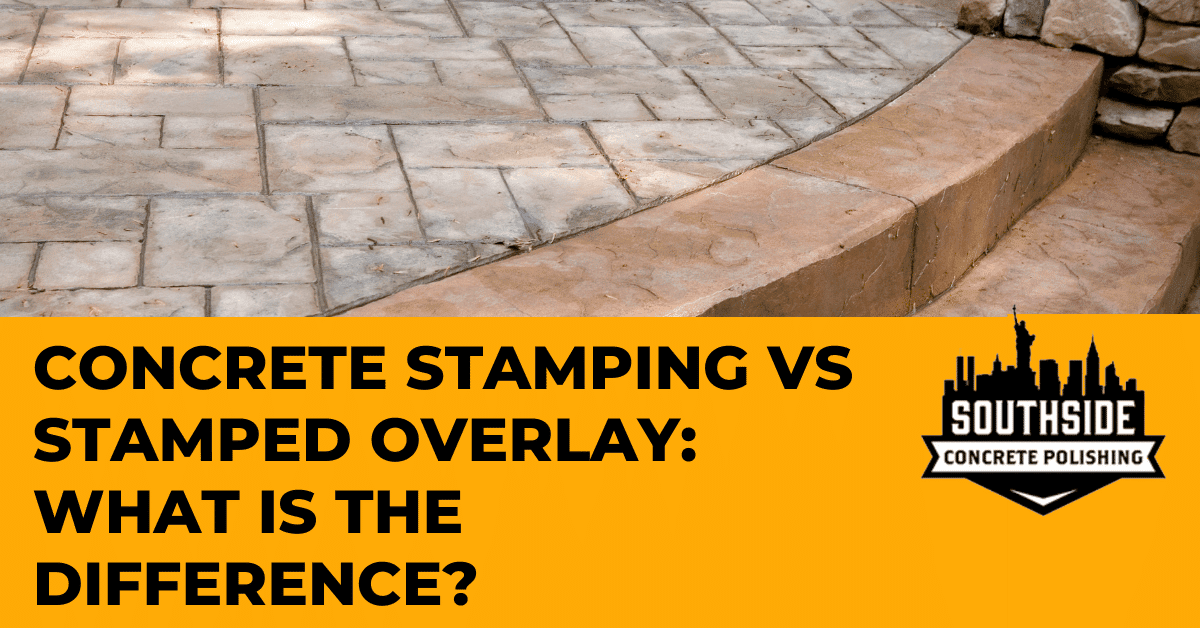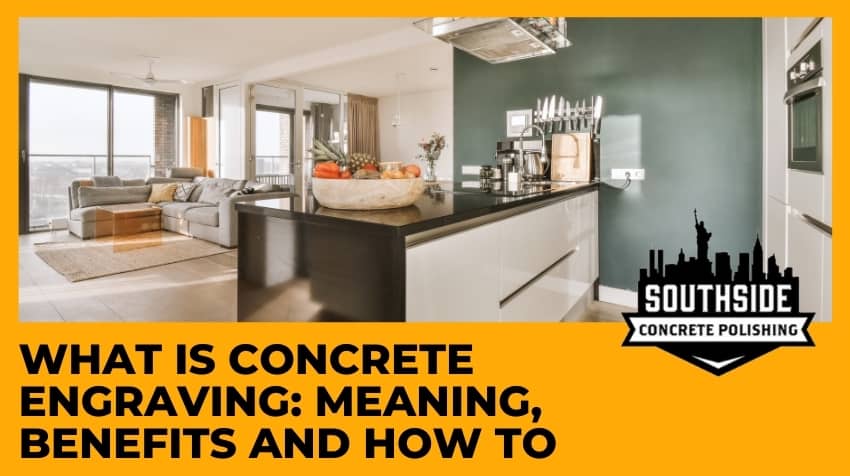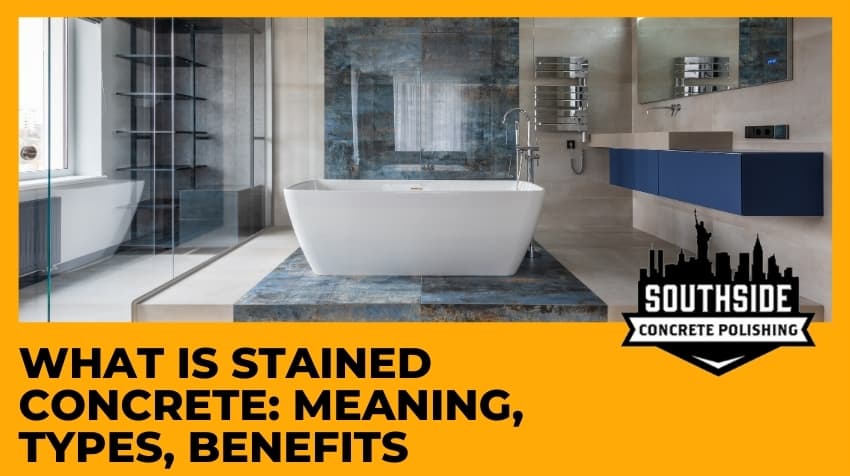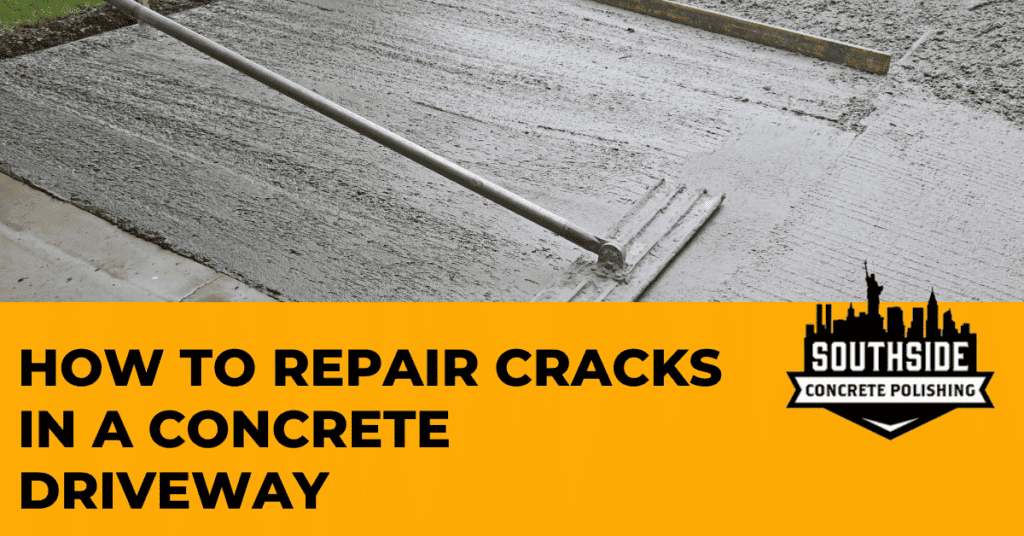When it comes to enhancing the appearance of concrete surfaces, people often compare concrete stamping and stamped overlay. So, concrete stamping vs stamped overlay: what is the difference?
Concrete stamping offers versatility in design options, with a wide range of patterns, textures, and colors available. It provides durability and is suitable for both interior and exterior applications.
Stamped overlay, on the other hand, offers a cost-effective alternative by revitalizing worn-out or damaged concrete surfaces without the need for extensive demolition. It allows for customization and flexibility in thickness.
What is Concrete Stamping?
Concrete stamping is a decorative technique that involves using specialized stamps or molds to imprint patterns, textures, or designs onto freshly poured concrete. The process usually begins by pouring a concrete slab or surface and then applying a release agent to prevent the stamps from sticking. Next, the stamps or molds, which are made of rubber or other flexible materials, are pressed onto the concrete to create the desired pattern.
Concrete stamping offers a wide range of design options, including patterns that mimic natural materials like stone, brick, slate, or wood. It allows for customization in terms of color, texture, and size of the stamped pattern. The result is a visually appealing and durable surface that can be used for various applications such as patios, driveways, walkways, pool decks, and more.
If you’re looking to enhance the aesthetics of your concrete surfaces, then concrete stamping is a popular choice to consider. It offers the ability to create unique and realistic designs while maintaining the durability and functionality of concrete.
What is Stamped Overlay?
Stamped overlay is a decorative technique used to enhance existing concrete surfaces. It involves applying a thin layer of specialized material, such as polymer-modified concrete or a thin cementitious overlay, onto an existing concrete slab. This overlay is then imprinted with stamps or molds to create the desired pattern or texture, mimicking the appearance of stamped concrete.
The process of stamped overlay begins with preparing the existing concrete surface by cleaning it and ensuring it is structurally sound. A bonding agent or primer may be applied to promote adhesion between the existing surface and the overlay material. The overlay material is then mixed and spread over the concrete, usually at a thickness ranging from 1/4 inch to 3/8 inch.
Once the overlay is applied, stamps or molds are pressed into the surface to create the desired pattern. These stamps can replicate the look of various materials, such as stone, brick, slate, or tile. After the stamping process, the surface is often sealed to enhance its durability, protect against stains, and provide a finished appearance.
The stamped overlay is a great choice for revitalizing worn-out or damaged concrete surfaces, as it offers a cost-effective alternative to tearing out and replacing the existing concrete. It allows for customization in terms of patterns, colors, and textures, providing a fresh and aesthetically pleasing look to driveways, patios, pool decks, and other concrete areas.
Concrete Stamping vs Stamped Overlay: Key Differences
If you’re trying to choose between concrete stamping and stamped overlay, here are key differences between them:
| Concrete Stamping | Stamped Overlay |
| Imprint patterns onto freshly poured concrete | Applies a thin layer of specialized material over existing concrete |
| Typically done on freshly poured concrete surfaces | Applied to existing concrete surfaces |
| Offers greater control over the design and placement of stamps | Suitable for rejuvenating worn-out or damaged concrete. |
| May require more time and cost for new concrete pours | Can be a cost-effective option for surface restoration |
| Wide range of design options, textures, and colors | Provides the ability to replicate patterns and textures on stamped concrete. |
| Creates durable decorative concrete finishes | Can improve the appearance of worn-out or damaged concrete surfaces. |
How to Choose Between Concrete Stamping and Stamped Overlay
To choose between concrete stamping and stamped overlay, consider the condition of the existing surface, desired design options and flexibility, durability requirements, budget and time constraints, project scale and application, personal preference, and aesthetic goals.
Assessing these factors will help you determine which technique is most suitable for your specific needs and project requirements. It may also be helpful to consult with a professional concrete contractor for expert advice.
Which technique is more durable: concrete stamping or stamped overlay?
Both concrete stamping and stamped overlay can provide durable results when installed and maintained correctly. Concrete stamping creates a strong surface as patterns are imprinted into freshly poured concrete. Stamped overlay relies on the condition of the underlying concrete and the quality of the overlay installation for durability.
With proper maintenance, both techniques can withstand heavy foot traffic and weather conditions. It is recommended to consult with a professional concrete contractor for guidance on which technique is best suited for your project and to ensure proper installation and maintenance practices are followed.
How long does it take to complete a stamping project?
Generally, for smaller projects like walkways or patios, the stamping process can be completed within a few days. This includes the time required for site preparation, pouring and leveling the concrete, applying the release agent, stamping the patterns, and allowing the concrete to cure before sealing.
Larger projects, such as driveways or pool decks, may take longer to complete. The process can span several days or even weeks, depending on the size of the area and the number of stamps or patterns involved. Also, factors like weather conditions and the need for multiple pours can impact the overall project timeline.
Are there limitations to the design options with stamped overlay compared to concrete stamping?
Yes, there are some limitations to the design options with stamped overlay compared to concrete stamping. Stamped overlay is typically applied at a thinner depth, which may restrict the complexity and depth of certain patterns or textures.
Furthermore, the texture and condition of the existing concrete surface can affect the final appearance of a stamped overlay. While it can replicate the look of stamped concrete to some extent, it may not provide an exact replication of intricate patterns or textures that can be achieved with concrete stamping.
Can you change the design or pattern of a stamped overlay in the future?
Changing the design of stamped overlay in the future can be challenging. Once the overlay material is applied and cured, it becomes a permanent part of the surface. Unlike concrete stamping, where the patterns are imprinted directly into the fresh concrete and can be modified or updated during the pouring and stamping process, a stamped overlay does not offer the same flexibility.
To change the design or pattern of the stamped overlay, the existing overlay would need to be removed or covered with a new layer of overlay material. This can be a labor-intensive and costly process, involving the use of specialized equipment and expertise.
Are there specific weather or climate considerations for either technique?
Yes, both concrete stamping and stamped overlay can be affected by weather and climate conditions. Extreme temperatures, rain or excessive moisture, freeze-thaw cycles, and UV exposure can impact the installation, curing, and long-term durability of both techniques.
Ready to Transform Your Concrete Surface? Consult with Our Experts Today!
At Southside Concrete Polishing, we offer unparalleled expertise in creating stunning and durable surfaces. Whether you’re looking for a customized design or a seamless transformation, we provide a wide range of options to suit your style. Trust us to bring your vision to life with precision and attention to detail. Contact us today to discuss your project and experience differences.
Share This Post
